
Whether you’ve had one for a while, are thinking of adding one, or just got your first, most would agree that a fireplace brings something to a home that nothing else can match. For romantic evenings, ghost stories with the kids, or even a little rustic cooking, fireplaces are the preferred way to heighten the charm of any living room.
A fireplace grate is an essential piece of equipment. It holds the logs, keeps the flames in the designated area, and determines (in part) how large and roaring your fire can be. Along with the screens, tools, and dampers, the fireplace grate you choose will have an affect on how your fire is enjoyed.
Fireplace Grate Dimensions
The size of your fireplace grate has a direct affect on the size of the fire you can have. Obviously, a grate that is too large won’t fit into the desired space. But one that is not big enough can cause problems as well.
Having too small of a grate for too large of an opening can create problems with drafts. All that extra air space on the side and to the rear of the fire can cause logs to burn too quickly. It can also contribute to smoke entering a room instead of going up a chimney. The grate’s stature (and the space for air beneath it) will also contribute to how quickly the logs burn.
Additionally, a small fireplace grate is too narrow to build a fire horizontally. It will require the fire to be enlarged vertically, which could be undesirable. Purchasing the widest grate that can still be easily removed and put in is usually the best option.
Ready to start your Fireplace Project?
Find ProsFireplace Grate Options
When it comes to grates, almost all models will be made from either iron or steel. Both are very heavy metals and can stand up to high temperatures. There are some who would claim that one is better than the other, but both are perfectly suited to the job.
While not many improvements have been made on the design of fireplace grates, there are a few that are worth noting. The first is the expandable grate. The design allows you to adjust the size of the grate depending on the size of the fire you want.
The second is a model that holds the burning wood and embers against the back wall of the fireplace instead of in the middle. This design maximizes the amount of heat that enters a room, while minimizing the amount of smoke at the same time.
Next comes the kindling holder. This is a smaller, basket-like grate positioned below the larger grate for big logs. It keeps the kindling bundled and at the right distance away from the larger logs to help them catch faster.
Last, but certainly not least, is the safety grate. Its “self-feeding” design continually shifts logs into place and keeps logs from falling into the hearth. While it is a little more costly, many will find that the no-fuss design is worth every penny.
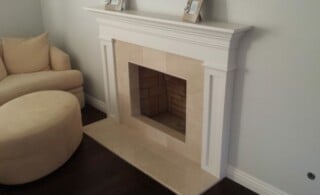 A Fireplace Without a Chimney
A Fireplace Without a Chimney 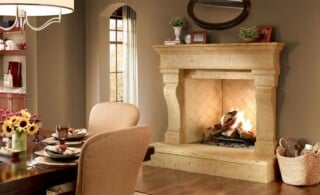 Turn Your Fireplace into a Work of Art with a Fireplace Surround
Turn Your Fireplace into a Work of Art with a Fireplace Surround 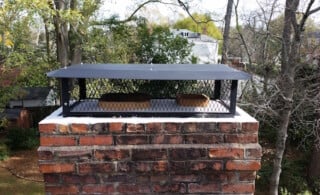 Preventive Maintenance: Chimneys
Preventive Maintenance: Chimneys 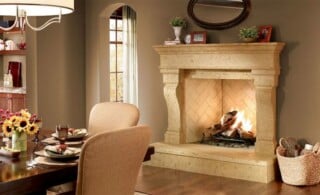 Chimney Bombs
Chimney Bombs 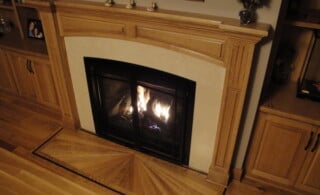 Choose the Best Fireplace for Your Home
Choose the Best Fireplace for Your Home 

Are You Familiar With This Topic? Share Your Experience.